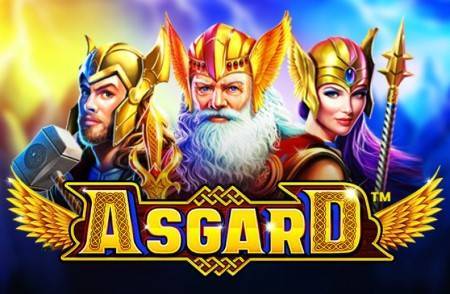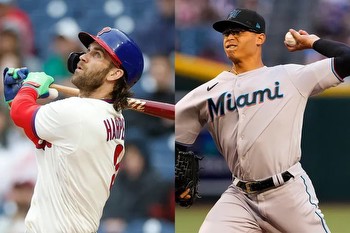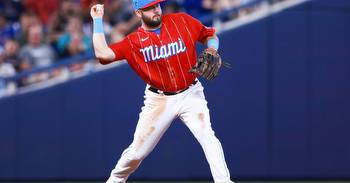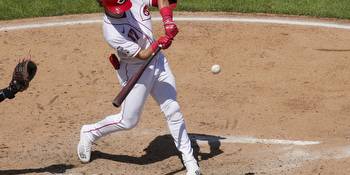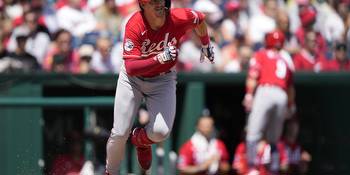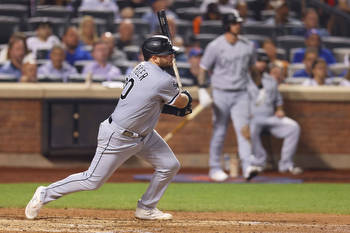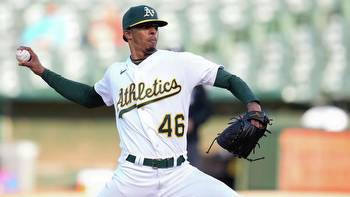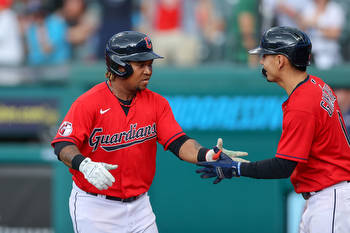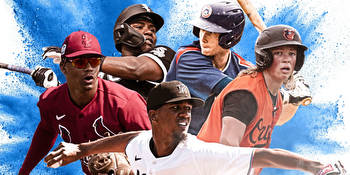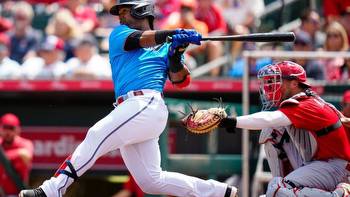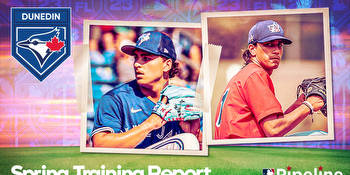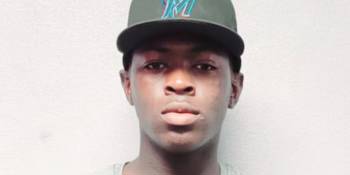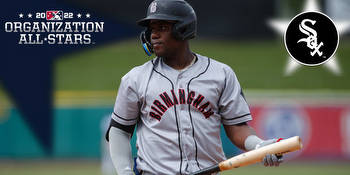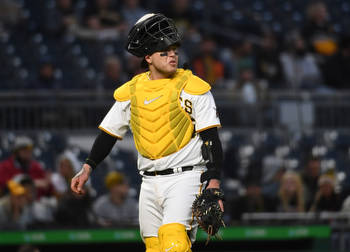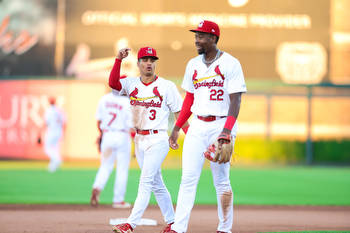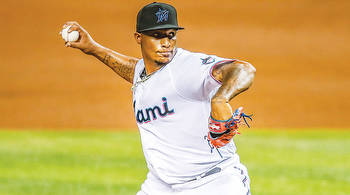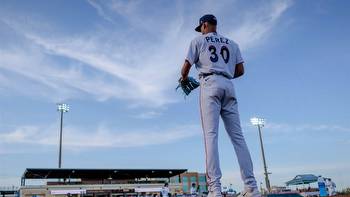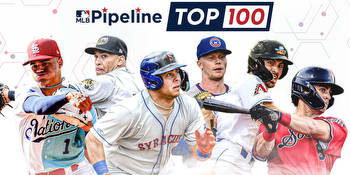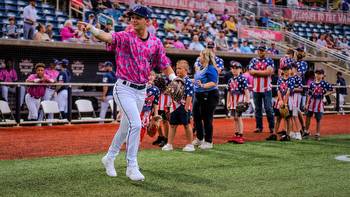Marlins’ prospect Eury Pérez on his way to stardom: ‘He’s a diamond’

Miami Marlins pitching prospect Eury Pérez has heard the word “suave” often this year.
It’s usually in the form of a request, a joking “take it easy on me” plea from opponents preparing to face his 98 mph fastball. The threat of seeing velocity isn’t what intimidates the hitters. It’s how quickly Pérez’s fastball gets on them. It might as well be a cartoon blur.
Pérez, the 19-year-old who had a chokehold of the Double-A Southern League for two months this year before a minor shoulder injury sidelined him at the beginning of August, is a giant. Standing 6-foot-9, if not an inch taller, he dwarfs competitors who are on average five years older. He is so big, his pitching coach asked Pérez at the start of the season to step to the back slope of the mound if he were to ever visit him mid-inning so he wouldn’t stare into Pérez’s chest when talking.
Pérez’s sheer size is but one item on a long list of attributes that have scouts raving about his potential. The young Dominican may soon join the ranks of his countrymen who have thrown 100 mph in the major leagues but he’s not a one-trick pony. His four-pitch arsenal flashes promise, with at least three plus or better pitches in the making. He has mental fortitude, honed during a year-long hiatus from throwing at a crucial time in his signing process. And the intelligence he has displayed while striking out one-third of batters he has faced in a challenging minor-league assignment is hard to find in anyone else his age.
The Marlins have a few strides left to make as an organization when it comes to developing hitting talent, but they are overflowing with gifted pitchers. Pérez is arguably the most intriguing jewel in their treasure chest. He was Keith Law’s No. 11 overall prospect in his midseason ranking, making him the top-rated pitcher. Barring a rise by Orioles prospect Grayson Rodriguez, who is working his way back from a lat injury, it is possible Pérez is in Law’s top 10 next season, still the best-ranked pitcher in the group. That he’s in the conversation for such a lofty designation is accomplishment enough for someone who won’t turn 20 until after the start of the 2023 season.
“I had (C.C.) Sabathia there for a couple years,” said Dave Eiland, the former Yankees and Royals pitching coach now guiding Pérez and other Marlins pitchers at Double-A Pensacola. “He’s a big man, too. He had the same type of athleticism that Eury has. Not to be cliché, but this kid’s the total package. If there’s a better pitching prospect in minor league baseball, I’d love to see him. Matter of fact, I’d pay to see him.”
The first time Eiland saw Pérez, he was a little stumped. Before the Marlins gathered their young prospects for a developmental camp at their spring training facility in Jupiter, Fla., in January, Eiland had spent time brushing up on the pitchers whose development was put in his trust. He watched video after video of Pérez. His eyes became accustomed to watching the fluid movements of the tall, lanky 18-year-old on the mound.
But the kid Eiland saw in person for the first time had changed in the months that passed between the final pitches he threw in 2021 regular-season action and mid-January. Pérez looked to have sprouted an inch or so taller. His lower half had grown stronger, thicker. “Lanky” no longer seemed a suitable descriptor.
Eiland quickly learned “remarkable” fit Pérez just fine, though.
Pérez made an outsized impression early in his time working with Eiland. He was coachable and willing to take advice. When Eiland suggested they introduce a slider into his arsenal, Pérez needed no convincing. He simply adopted a grip and started practicing with it. He didn’t instantly throw MLB-caliber sliders, but the pitch was serviceable in game settings within two months. Now, it’s arguably even better than his original slurvy curveball.
A couple of weeks after Pérez debuted in Double A as the youngest player in Pensacola Blue Wahoo team history, Eiland saw an opening for another lesson. He sat his teenage pupil down at a between-starts meeting and pointed to a hitter’s elbow on a screen. “Pretend you’re a hitter and somebody’s throwing 98, 99 (mph) right up under your elbows and it’s whizzing right by your chest,” he told Pérez. “How’s that going to make you feel?”
Eiland’s point — that throwing his hard fastball inside for effect would enhance his entire arsenal — landed almost immediately. Pérez applied the strategy in his next start. The discomfort batters felt at being stood up was palpable, and their flailing offerings at Pérez’s subsequent sliders hastened Pérez’s buy-in. “That’s opened up a new world for him,” Eiland said.
“Pitching inside is a lost art,” Eiland said. “A lot of guys don’t feel comfortable doing it. Not only is he comfortable doing it now. He’s able to do it. Credit to him. You suggest something to him and, boom, he goes and he does it.”
Sometimes Pérez incorporates suggestions immediately. A few weeks before Pérez became the Marlins’ lone representative in this summer’s Futures Game, Eiland recommended that it was time to incorporate backdoor sliders in his plans for facing left-handed hitters. They tried it out in a side session. After returning from the bullpen, Eiland told Pérez they’d wait a couple of weeks before debuting the concept in-game. Pérez seemed to agree with the conclusion that he needed to become more comfortable with the pitch.
Then he started pairing backdoor sliders and backdoor curveballs, just as they’d practiced, in his next start.
Pérez’s aptitude for pitching and his raw stuff stood out to Eiland on film. But he didn’t anticipate Pérez’s ability to handle each challenge presented to him with preternatural poise. He didn’t expect Pérez to approach him on the bench and discuss pitch decisions while the teenager was in the middle of charting a teammate’s outing. He didn’t know Pérez’s inner drive to be great was fueled by his consistent study of the game around him.
Most 18- and 19-year-olds simply don’t possess the level of maturity required to be so thoroughly dedicated to a craft.
“You don’t want to tag him as great just yet because there’s a long way to go,” Eiland said earlier this summer. “But you can see it in the making.”
Adrian Lorenzo calls the first steps an international prospect takes in his career the “incredulous phase.” He is in his fourth year with the Marlins and his first as their senior director of international operations. Before that, he spent much of six years with the Red Sox cutting his teeth in the international realm. He knows it is unfair to closely examine early professional work, regardless of the quality of performance. So he reviews box scores and other data from the low minor-league levels, particularly in the Dominican Summer League and complex leagues, with a healthy dose of skepticism.
But Pérez didn’t pitch in either of those rookie leagues. He would have in 2020, right after turning 17, if the onset of the coronavirus pandemic hadn’t led to the cancellation of the minor-league season. Instead, he spent the very first stage of his career out of direct view of the Marlins, toiling on the baseball field in his hometown of Santiago, Dominican Republic, where he spent most of his early teenage years.
The Marlins didn’t have a long history with Pérez before he turned pro in July 2019. Like most amateur prospects in the international free-agent pool projected to receive six- or seven-figure bonuses at the age of 16, Pérez had been committed to sign with a different team for most of his final year of pre-eligibility. And he didn’t showcase much as a 14-year-old — the age international youngsters typically enter into verbal agreements — because of a biceps injury that his trainer helped him rehab for a year before permitting him to throw in competitive situations again.
But Angel Izquierdo, an area scout the Marlins brought aboard at the end of 2018, had known of Pérez for a while. He spent the years leading up to when the Marlins offered him his first job in pro baseball assisting scouts in his home region of Cibao, where the northern city of Santiago is located. He cultivated relationships as he went, including a strong connection with Pérez’s trainer, Alexander De Aza.
So when it became known in January 2019 that the Rockies backed out of a deal with Pérez because of a medical red flag, Izquierdo jumped on the opportunity to showcase him at a tryout at the Marlins’ old Dominican outpost in San Antonio de Guerra, a town some 30 minutes north of Santo Domingo’s airport. The Marlins spent little time deliberating over whether to sign Pérez out of the tryout. He threw strikes, commanded his 83-to-85 mph fastball well and displayed fluidity in his pitching motion. It was easy to imagine what more could come as he filled out what was then a whip-thin 6-foot-5, 170-pound frame.
“They’re just kind of a little baby giraffe-ish when they’re still feeling themselves out,” said Lorenzo, who was at Pérez’s tryout. “But Eury was really advanced on that front. He stood out.”
Pérez’s $200,000 deal, overseen by Miami’s former international director Fernando Seguignol, became official on July 2, 2019. He didn’t pitch in DSL games that year because of restrictions on new signees. It would be months before the Marlins began figuring out just how talented Pérez was.
Then COVID-19 scuttled their plans. Teams created at-home development programs for minor leaguers who didn’t get called to MLB alternate training sites, but relinquishing close control of the process was a daunting endeavor. Even more so for international players like Pérez, who were newly embarking on pro journeys without access to advanced facilities.
Lorenzo, a special assistant in baseball operations and scouting at the time, and the rest of the Marlins front office could only monitor Pérez’s progress via video taken by his trainer. It was clear on film that Pérez hit a growth spurt as the months went on. It was apparent, too, that he was growing stronger. De Aza remembered Pérez’s fastball sitting 88-89 mph in early 2020. When Pérez left Santiago to rejoin the Marlins at their Dominican outpost for mini-camp a year later, his heater averaged 94-95 mph. And Pérez still was weeks shy of turning 18.
“Everybody was kinda like, ‘Whoa,’” Lorenzo said. “Those outings were where it was determined that he was ready to pitch in A-ball essentially right away.”
Lorenzo retained his usual degree of skepticism as the 2021 season unfolded. Eventually, the reaction of opponents confirmed the Marlins were right to move Pérez aggressively. Over the course of three months in the Low-A Florida State League, Pérez dominated. He used his 6-foot-8, 200-pound frame with grace, his athleticism shining through his clean mechanics and solid fielding. He competed well. He wasn’t afraid to mix in his secondary stuff. Before his late-season promotion to High A, he gave up 10 earned runs, 21 walks and 32 hits in 56 innings. He struck out 82 batters and threw strikes 65 percent of the time. The five-start line at High-A Beloit was just as impressive: Seven earned runs, 11 hits, five walks and 26 strikeouts in 22 innings.
The arsenal — then a 93-96 mph fastball, an 88 mph changeup and high-70s slurvy curveball — and his physicality were an imposing combination. Cardinals shortstop prospect Masyn Winn faced Pérez, who throws from a slightly low 3/4 arm slot, twice in a month in the FSL. Five of six pitches he saw were mid-90s fastballs that dropped 16 inches as they traveled out of Pérez’s right hand and toward the plate.
“I definitely don’t remember seeing the fastball,” Winn said. “It was just really by me. It was a four-seam and as soon as it came out of his hand, with him being so tall, he’s at the plate already. So that’s hard to catch up with.”
Winn spoke at his locker in a crowded Dodger Stadium clubhouse earlier this summer. He was surrounded by other prospects selected to the Futures Game roster in Los Angeles in mid-July like Pérez. Multiple players on the premises who faced Pérez last year remembered reacting similarly.
Reds shortstop prospect Elly De La Cruz is a towering young star who put himself on the map with a stellar stateside debut last year, just like his countryman Pérez. He felt intimidated digging into the batter’s box in Daytona Beach, the home of the Reds’ Low-A affiliate, to face Pérez for the first time. De La Cruz is listed at a conservative 6-foot-5. The bump at the Daytona Tortugas’ stadium, he said, is notoriously high. The visual effect was jarring.
“That tigre looked big,” De La Cruz said in Spanish. “You felt like you were looking up to him. And I remember that I faced him twice. In the first at-bat, he struck me out. I was uncomfortable. And in the second, I got to two strikes right away. I said to myself, ‘Well, I guess he’s going to strike me out again.’ He threw me a breaking ball and I hit a triple. … It looks like he places the ball (in front of your bat) because he throws hard and is so big.”
Then there was Pérez’s confidence to contend with. His demeanor seemed unshakeable.
“I feel like there are at-bats where sometimes you’ll kick into a second gear of ‘locked in,’” said Cubs prospect Pete Crow-Armstrong, who started last season as a member of the Port St. Lucie Mets and faced Pérez on Opening Day. “(Pérez) kind of has to be that guy. … He was one of the first guys where I was taken aback, like, ‘This is professional baseball.’”
Said Winn: “He’s a really tough at bat. It’s hard to picture a harder one, to be honest with you.”
Full Futures Game outing for Marlins #1 prospect Eury Pérez �� pic.twitter.com/IobZ6P768m
— Fish Stripes (@fishstripes) July 17, 2022
The version of Pérez Eiland has shepherded this year is even more refined. The pure stuff has improved, with his fastball pumping out harder and his curveball firming up thanks to the introduction of a slider. The pitching strategies have sharpened. During a 10-game stretch from April 9 to July 7, he struck out 69 hitters and held opponents to 11 earned runs, a .166 batting average and a mere nine walks in 50 innings.
Should he continue to follow the natural flow of progression, Eiland wouldn’t be surprised to see Pérez touching 101 mph next year. The 19-year-old already has reached 100 mph in games, and Eiland has never seen him sacrifice his delivery to do so.
There will be some hurdles to clear. Pérez, whose season ERA ballooned to 4.09 after three clunkers leading up to his injury, is scheduled to pitch in a Low-A game this weekend. It will be his first in a game since Aug. 5. He’s only expected to throw around 35 pitches, enough to get through three innings and bump his season total closer to 75. The Marlins had targeted a limit of 110 innings for the year. He won’t be able to reach that mark this season even if he rejoins Pensacola for its playoff run because the Double-A regular season finale is just over a week away.
Pérez’s youth and inexperience might mean he won’t be permitted to shoulder a full major league-style workload for some time yet. But a conservative innings limit in 2023 won’t necessarily stop the Marlins from giving Pérez another aggressive assignment or two. This month-long stint on the injured list could be nothing but a blip a year from now. Pérez certainly possesses enough talent and determination to make it so.
“He’s a diamond,” said Izquierdo, the Marlins scout who signed Pérez. “And he’s polishing himself. No one is doing it for him. He’s gifted.”
